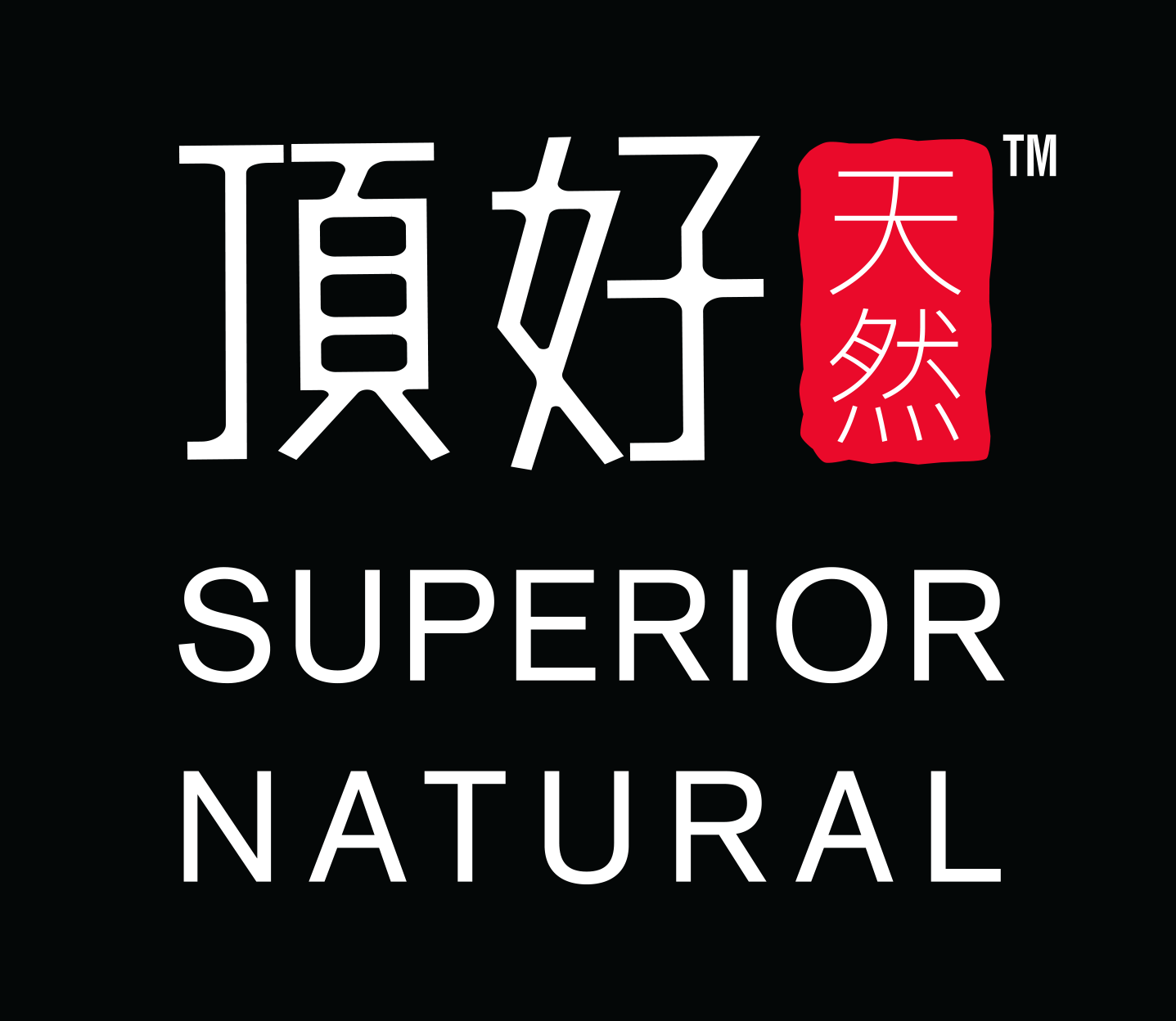Fun Facts about Tofu
Hello soy product lovers! Welcome to May's blog here at Superior Natural. Soybeans are rich in protein and can be used to make food products such as tofu, soymilk, and various dairy and meat replacements. Soybeans are also used in fermented foods like miso and tempeh. Soy products are versatile and can be incorporated into all kinds of cuisine applications. With the increasing awareness of the importance of health, more and more people shifted to a healthy diet which make soy products a great option for plant-based protein. In May’s blog, we will explore how tofu is made and fun facts about the edible bean we love that you may have not known about!
1. The process of making tofu is remarkably similar to cheese making.
The tofu making process starts with soak dried soybeans in water, grind and then boil them in hot water. Next, the product is then separated into insoluble fiber and soy milk. The most important step in the tofu making process is that you need to add coagulant – a substance that causes soymilk liquid to change into a solid or semisolid state. After coagulating the soymilk, the resulting curds are pressed into soft white blocks with a different firmness.
2. Benjamin Franklin first introduced tofu to the US.
The earliest record in American literacy that mentioned tofu is in a letter written by Benjamin Franklin. He sent his friend some soybeans, which he called "Chinese calavances". At that time, Benjamin Franklin wasn’t quite sure what he had discovered and guessed that it was Chinese version of “cheese”. Now after many centuries, tofu continues to become a plant-based staple (Kapadia, n.d.).
3. The volume of Soybean trade grows a lot in Canada
According to Statista database, over the last 20 years, Canadian soybean production has grown by 136%. In the year of 2021/2022, Canadian soybean exports is about 4.518 million metric tons, comparing to 3.578 million metric tons in 2020/2021, the volume increased by 26%. In year 2020, Canada exported $1.95B in Soybeans, making it the 5th largest exporter of Soybeans in the world. In the same year, Soybeans was the 29th most exported product in Canada. (M. Shahbandeh, 2022)
4. Soybeans have since become the main source of edible fats and oils consumed in North America.
The soybean plant was originally grown as a fodder crop in the Southern United States. However, due to the interruption of trade routes during World War II, which restricted the import of edible oils and fats, soybean production as an oil crop then expanded to fill the import gap. (Cloutier, 2017)
5. Tofu is closely related to Buddhism
The spread of tofu to Japan coincided with the spread of Buddhism. According to Buddhism, killing has negative karmic effects on the afterlife.
By the Muromachi period “most Japanese followed the Buddhist practice of refraining from eating the meat of four-legged animals”. Due to this belief, many Buddhists are vegetarians. Since tofu provides a good source of plant protein, it makes tofu more and more accepted in east Asian under the spread of Buddhism (History of Soybeans and Soy foods, 1100 B.C. to the 1980s, 2004).
We hope you enjoyed these fun facts about soybeans & tofu! Stay up to date with Superior Natural by scanning the QR code below to follow us on Instagram and Facebook. Stay healthy and stay tuned!
References
Cloutier, J. (2017, March 3). VISTA on the Agri-food Industry and the Farm Community Soy Story: A Short History of Glycine max in Canada. Retrieved from Statistics Canada: https://www150.statcan.gc.ca/n1/pub/21-004-x/2017001/article/14779-eng.htm
History of Soybeans and Soyfoods, 1100 B.C. to the 1980s. (2004). Retrieved from SoyInfo Center: https://www.soyinfocenter.com/index.php
Kapadia, J. (n.d.). Which Founding Father Introduced America To Tofu? Retrieved from food republic: https://www.foodrepublic.com/2018/03/20/founding-father-introduced-america-tofu/
M. Shahbandeh, J. 2. (2022, January 24). Export volume of soybeans from Canada from 2016/17 to 2021/22. Retrieved from Statista: https://www.statista.com/statistics/818670/export-volume-of-soybeans-canada/







